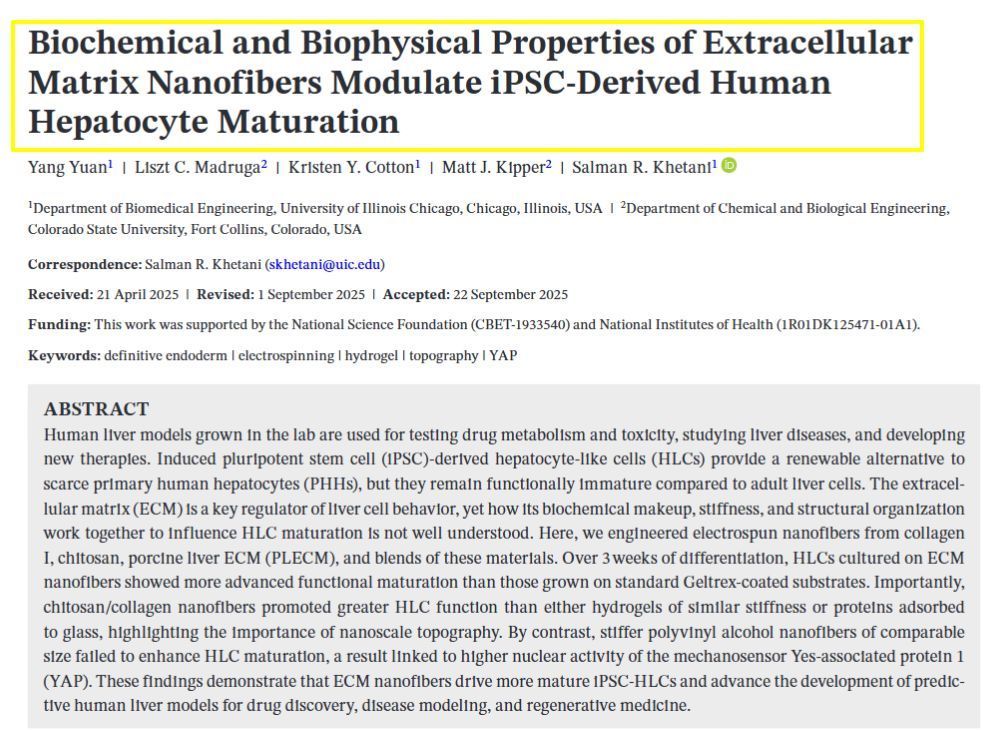Non-Alcoholic Fatty Liver Disease: Symptoms, Risks, and Management
Overview of Non-Alcoholic Fatty Liver Disease
Non-Alcoholic Fatty Liver Disease (NAFLD) is an increasingly common liver disorder marked by the accumulation of fat in the liver cells, known as hepatocytes. This condition affects a significant portion of the global population and can progress to more serious liver diseases.
Definition and Prevalence
NAFLD is defined as the buildup of excess fat in the liver, called steatosis, in the absence of significant alcohol consumption. The disease encompasses a range of liver conditions from simple fatty liver, or nonalcoholic fatty liver (NAFL), to the more aggressive nonalcoholic steatohepatitis (NASH). NASH signifies liver inflammation and damage due to fat accumulation and can evolve into cirrhosis or liver cancer if untreated. Epidemiological data suggest that NAFLD affects about 25% of the global population, making it the most common liver disorder in the world.
Pathophysiology and Etiology
The exact pathophysiology of NAFLD is complex and involves multiple factors leading to liver steatosis and inflammation. Excessive fat accumulation in hepatocytes disrupts normal liver function and may trigger an inflammatory response, which over time, can result in scar tissue formation, known as fibrosis. The progression from NAFL to NASH and beyond is influenced by various etiological factors, including but not limited to:
- Metabolic syndrome
- Obesity
- Insulin resistance
- Hyperlipidemia
- Genetic predisposition
Risk factors typically overlap and interconnect, making the underlying etiology of NAFLD manifold and diverse.
Diagnosis and Assessment
Non-alcoholic fatty liver disease (NAFLD) poses unique challenges in diagnosis since it often presents without symptoms. A thorough assessment is essential, combining clinical presentation and a variety of diagnostic tests, to accurately identify this liver condition.
Clinical Presentation
In the early stages of NAFLD, individuals typically exhibit no symptoms. When present, symptoms might include fatigue or discomfort in the upper right abdomen. Physical exam findings are often unremarkable, but may sometimes reveal hepatomegaly, or an enlarged liver. Screening for NAFLD is recommended in patients with metabolic risk factors such as obesity, type 2 diabetes mellitus, and high cholesterol levels.
Diagnostic Tests
Initial screening for NAFLD often involves blood tests to check for elevated liver enzymes, specifically alanine aminotransferase (ALT) and aspartate aminotransferase (AST). However, these tests are not NAFLD-specific and can be normal in many cases. Hence, further imaging tests such as ultrasound, computed tomography (CT), or magnetic resonance imaging (MRI) are used to detect fat accumulation in the liver.
A FibroScan, also known as transient elastography, is a specialized ultrasound that measures liver stiffness and fat content. Liver stiffness correlates with fibrosis, which is crucial for assessing the stage of NAFLD.
In cases where uncertainty remains or when advanced fibrosis is suspected, a liver biopsy might be performed. It is considered the gold standard for diagnosing NAFLD and distinguishing nonalcoholic steatohepatitis (NASH), the more aggressive form of NAFLD, by assessing inflammation and fibrosis. However, due to its invasive nature, biopsies are not routinely performed for diagnosis. Instead, they are reserved for cases where this procedure significantly impacts the management and prognosis.
Management and Prevention
Effective management of non-alcoholic fatty liver disease (NAFLD) focuses on halting or reversing the accumulation of fat in the liver, improving liver function, and preventing the progression to more serious liver damage. Prevention strategies are centered on addressing the risk factors for NAFLD.
Treatment Approaches
The primary treatments for NAFLD involve non-pharmacological strategies like lifestyle changes which are crucial for managing the condition. Currently, there are no medications specifically approved for the treatment of NAFLD. However, clinicians may use pharmacotherapy to manage associated conditions such as hyperlipidemia, diabetes, and obesity, which can contribute to liver damage. When NAFLD progresses to nonalcoholic steatohepatitis (NASH), treatment options may expand to therapies targeting liver inflammation and fibrosis, but these should be guided by a healthcare professional.
- Medications: While not directly treating NAFLD, drugs like pioglitazone or vitamin E may be recommended for patients with NASH, particularly those with liver fibrosis. Clinical judgment is essential, taking into account potential side effects.
- Bariatric surgery: For patients with obesity and NASH, weight-loss surgery is an option if lifestyle modifications do not lead to significant weight loss.
Lifestyle Modifications
Lifestyle changes are the foundation of prevention and management for NAFLD. They include:
- Diet: Consuming a healthy diet that's rich in fruits, vegetables, lean protein, and whole grains can help. It's advised to reduce intake of saturated fats, trans fats, and refined carbohydrates.
- Weight Loss: Losing weight gradually, aiming for a loss of 3%-5% of body weight to reduce liver fat, and a 7%-10% reduction to potentially improve liver inflammation.
- Exercise: Regular physical activity is recommended, including both aerobic and resistance training exercises to aid weight loss and improve metabolic health.
These lifestyle interventions not only help in managing NAFLD but also play a significant role in its prevention. It's important for patients to work with healthcare providers to develop a tailored plan that addresses their specific needs.



